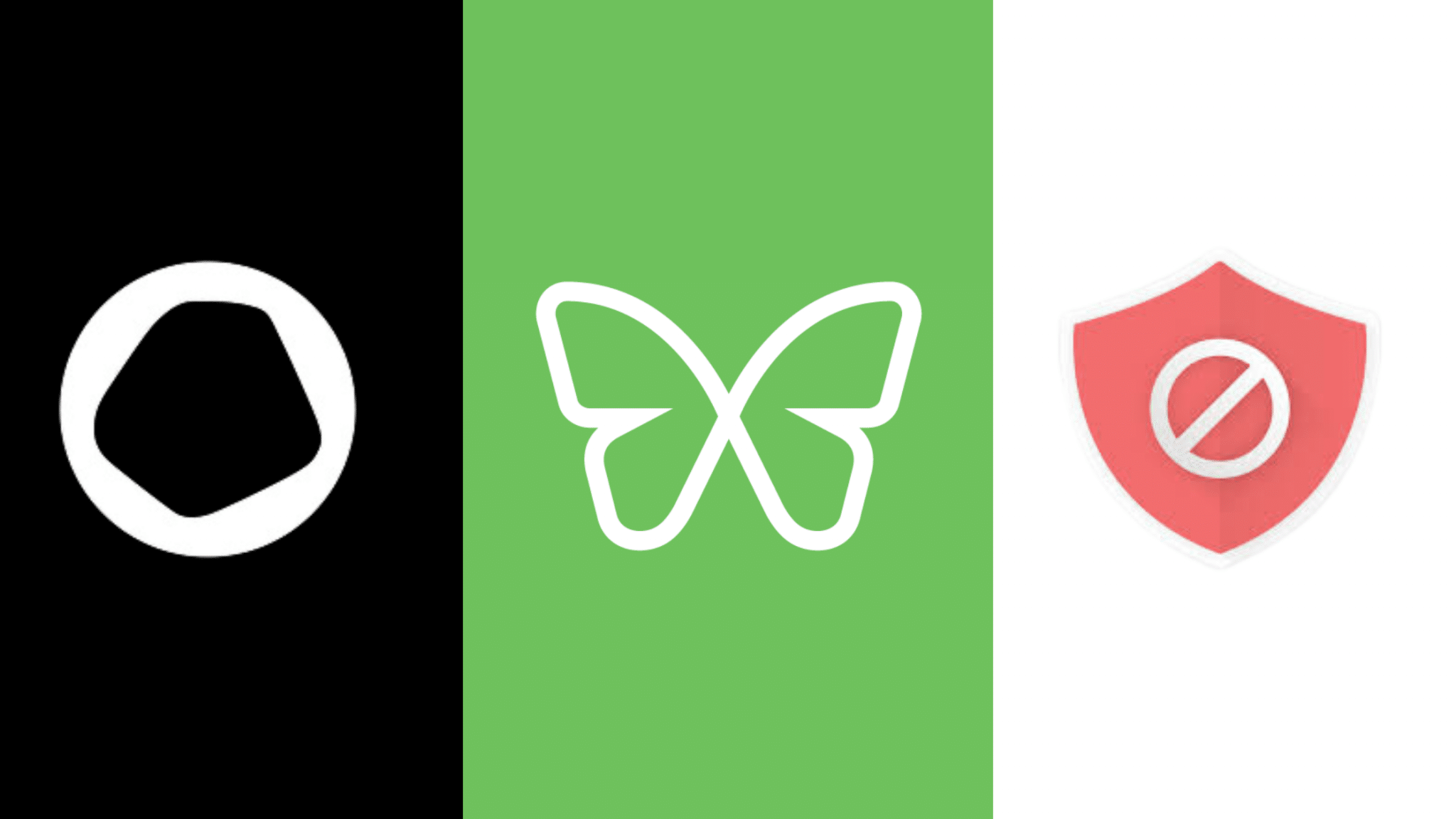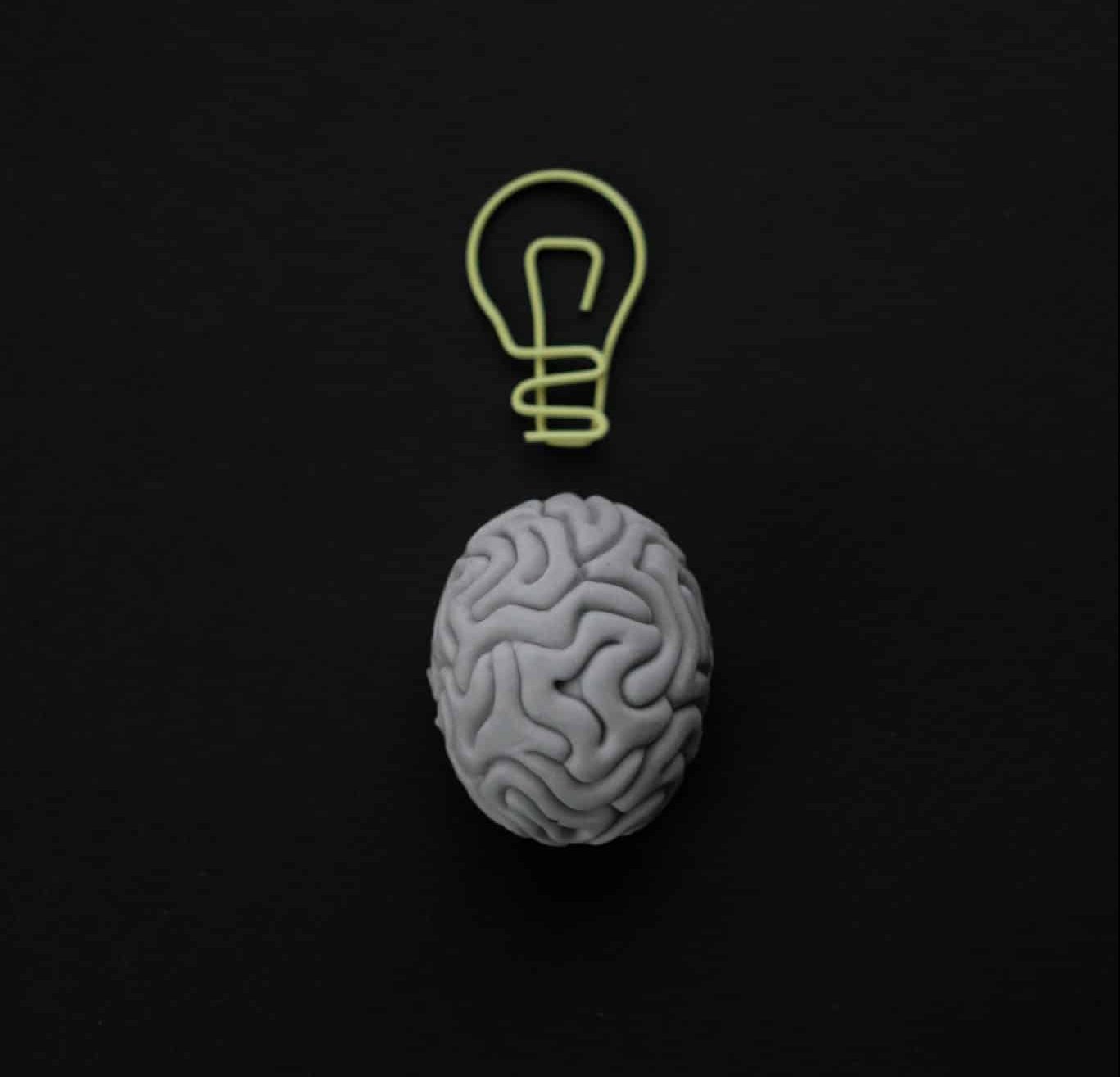Could You Have An Online Shopping Addiction?

For some, the cost of convenience is more than the total in their cart
We’re all familiar with the term shopaholic –some of us might even describe ourselves as one! But could you have an online shopping addiction?
Most of us have experienced the allure of the virtual mall — the excitement of scrolling as we search for the perfect things and the rush of clicking that buy button when we find it. Thanks to the internet, we can now easily buy whatever we want, whenever we want — whether it be food, clothing, or furniture.
But convenience comes with a price, and for some, the cost is more than the total in their cart. When online shopping becomes compulsive, we experience negative consequences, not unlike those associated with addiction.
Shopping isn’t the enemy — it’s a necessary part of our lives. The problem arises when shopping becomes an obsession, taking up our time and distracting us from other important things.
The result? We feel overwhelmed and stressed out, so our finances and relationships suffer.
Like any addiction, recovery takes hard work. The key is recognizing when we’re slipping into harmful habits and taking action. In this guide, we’ll learn about the external and internal factors that drive harmful shopping addiction-like behaviors, spot the warning signs, and some techniques to finally quit excessive shopping.

The Rise of Online Shopping
Brick-and-mortar stores may still dominate sales, but the e-commerce world has been steadily growing over the past decade. In 2010, less than 5% of retail sales happened online — by 2020, that number more than tripled to 18%.
A great deal of that growth happened in 2020 when eCommerce sales increased by 44%. It’s not surprising that online shopping soared as homebound consumers turned to their devices to purchase necessities like groceries and clothing.
And a slowdown doesn’t seem likely anytime soon. According to forecasts, e-commerce sales will cross $1 trillion for the first time ever in 2022, a milestone that wasn’t expected until 2024 before the pandemic. By 2023, over 300 million people are expected to shop online within the U.S. alone.

The Dark Side of Convenience
Clearly, online shopping has revolutionized the way we purchase goods. With one click, we can order everything we need from the comfort of our own homes rather than scouring through shops.
But although online shopping is convenient, it can also have a dark side — for some, it becomes like an addiction. We’re all familiar with terms like shopaholic, but do compulsive or impulsive shopping habits really qualify as an addiction?
The American Psychological Association (APA) lists oniomania and defines it as:
“an uncontrollable impulse to spend money and buy without regard to need or purpose.”
The condition, also known as buying-shopping disorder (BSD), causes people to form excessive and irrational attachments to the shopping process, leading to problematic behaviors. While BSD is currently medically classified as a disorder, there are moves underway to have it listed as an addiction.
Individuals who display shopping addiction-like behaviors are likely to engage in compulsive and impulsive spending. Despite the temporary high, shoppers are often left feeling empty and unsatisfied afterward.
Despite the temporary high involved in compulsive and impulsive spending, shoppers are often left feeling empty and unsatisfied afterward.
Impulsive and Compulsive Behaviors
Almost all of us have made an impulse purchase at one time or another, often triggered by an emotional reaction like excitement. It’s not a problem to do this every now and then. A few shopping sprees here and there won’t make you an addict. The problem arises when impulse buying becomes a regular occurrence.
When impulse buying becomes a habit, it can turn into a compulsion. Compulsive shopping is usually driven by a deep-seated need to acquire more things, often rooted in a more complex cause than simple excitement. People who compulsively shop online often do so to cope with negative emotions or situations, like sadness, social isolation, or insecurity.
Obsessively cycling through the buying process offers relief and escape for shopping addicts. Dopamine, the “happy chemical”, spikes along every step of the process — seeing an ad, browsing through online stores, hitting the checkout button — providing a euphoric high.

A Controversial Disorder
Like any other addictive behavior, getting hooked on online shopping can have devastating effects. People with an online shopping addiction often spend money they don’t have and rack up debt. They may lie about their shopping habits, hide purchases from loved ones, and neglect their work, family, and friends.
Online shopping addiction can even damage your emotional health. Buying compulsion is linked to several mental health disorders, including anxiety and depression.
However, there’s little medical research on shopping addiction despite the severe consequences and it isn’t currently listed in the Diagnostic and Statistical Manual of Mental Disorders (DSM-5). As a result, shopping addiction is rarely taken seriously. In fact, it’s often trivialized in the media as a behavior of shallow, wealthy fashionistas — always female, of course.
Nevertheless, the prevalence is rising. According to studies conducted in the U.S. and Germany in 2015, 5.8 to 8.0% of adults struggle with a shopping addiction. After seven years and a global crisis, that percentage is likely higher.
People with an online shopping problem often spend money they don’t have and rack up debt. They may lie about their shopping habits, hide purchases from loved ones, and neglect their work, family, and friends.
When Does a Shopping Habit Become an Addiction?
With numbers increasing, odds are good that you or someone you know is struggling with problematic online shopping behaviors. In general, a shopping habit becomes addiction-like when you find you cannot stop doing it. Watch out for these warning signs:
- You feel an urge to shop online even when you don’t need anything.
This is the most common symptom of online shopping addiction. People addicted to online shopping often make impulse purchases that they regret later. They often know that they don’t need the item but still purchase it.
- You spend large amounts of money on unnecessary items.
Buying unnecessary items is another sign of online shopping addiction. Online shoppers may make several large purchases in a short time, even if they cannot afford them.
- You often return or exchange items.
Do you find yourself returning or exchanging items often? This could be a sign that you’re addicted to online shopping. Those addicted to online shopping may buy an item, use it briefly, and then exchange it for another.
- You hide your purchases from others.
If you’re addicted to online shopping, you may try to hide your purchases from others. Online shoppers often feel guilty about their purchases. Hiding what they’ve bought is an attempt to conceal their activity.
- Your online shopping habits are negatively impacting your life.
Shopping excessively can cause many problems in your life. If your finances are suffering and your work or relationships are strained, you may be suffering from addiction.

9 Tips to Kick Your Online Shopping Habit to the Curb
If you’re concerned about your shopping habits, you’re not alone. It turns out many of us enjoyed a bit too much retail therapy while quarantined. In a recent survey, 88.6% of Americans admitted buying impulsively online.
But if you’ve reached an addiction level, it can be tough to break the behavior patterns. Most people who suffer from online shopping addiction are aware of their problem but feel powerless to stop. In a study, 92% of people with compulsive shopping habits tried to curb their spending but failed.
Obviously, we need more than simple willpower to say ‘no’ to unnecessary spending — we need a plan.
If you’re struggling, you can take a few practical steps to start breaking the habit. Here are a few tips on how to beat a shopping addiction:
1. Determine Your Triggers
Understanding the root cause of your addiction is essential. There are various reasons why you may feel driven to shop, from anxiety and stress to conflict at work or in your personal relationships. Identifying the triggers for your shopping urges will help you find other ways to cope with them.
2. List Your Why’s
Make a list of all of the reasons you want to stop shopping. Perhaps it’s to save money or end conflicts with loved ones. Keep your list on hand to remind you of your long-term goals when you feel the urge to shop.
3. Set and Enforce Boundaries
Quitting online shopping altogether isn’t very realistic nowadays. Instead, create a realistic budget and include an allotment for online shopping. Knowing how much money you have to spend makes it easier to resist the temptation to overdo it. Enforce your limits by checking on your budget regularly. You can always reduce your allotment as needed.
4. Practice the Pause
Make all purchases subject to a cooling-off period. If you decide you want something, wait at least 24 hours before purchasing it. This will allow you to think carefully about whether you need or can afford the item and prevent you from making impulse purchases. To support your efforts, try the Pause browser extension and literally pause your shopping until your cooling period has ended.
There are various reasons why you may feel driven to shop, from anxiety and stress to conflict at work or in your personal relationships. Identifying the triggers for your shopping urges will help you find other ways to cope with them.
5. Switch From Card To Cash
To avoid overspending on plastic, cut up your credit cards (or freeze them in a block of ice). Whenever you can, try shopping with cash. If that isn’t an option, use your debit card instead. It’ll be easier to keep track of your spending and stick to your budget.
6. Opt-Out of Emails and Ads
Marketing emails are specifically designed to create a sense of urgency, compelling us to act. They work — fear of missing out was the main trigger for 52% of impulse shoppers. Limit or remove those triggers by unsubscribing from emails and blocking ads.
7. Limit Your Screen Time
An online shopping spree can begin as quickly as just being on your phone or computer. Scrolling through social media can feel like window shopping, thanks to ads and influencers. Setting up recurring schedules to block social media or distracting websites, or to limit your access to all electronics, will help reduce temptation.
8. Try a New Hobby
In some cases, shopping is merely a way to pass the time and fill boredom. Spend your time doing something else, whether reading, going for a walk, or doing a puzzle. As a result, you’ll reduce your spending, make better use of your time, and have more fun.
9. Seek Help
Not every problem can be solved on our own. If you’re overwhelmed and need shopping addiction help, seek professional assistance. Therapists and counselors can help you discover the cause of your problem and give you the tools you need to handle it.

Find Freedom From Compulsive Online Shopping
Whether considered an addiction or not, spending too much time shopping online can be a problem for many people and causes significant distress. It can lead to impulse buys, overspending, and a general feeling of being out of control.
You can overcome addictive shopping behaviors by regaining control over your habits. The Freedom app helps you create new habits by enforcing limits. With Freedom, you can block shopping and delivery sites and apps, set limits on your device access, and even turn off your internet completely. Keeping your online time to a minimum can help you enforce boundaries and cut down on impulse purchases.
No matter which step you take first, the most important thing is to get started. Your identity isn’t defined by your shopping habits or purchases. Regardless of what you own, you are valuable and worthwhile.


